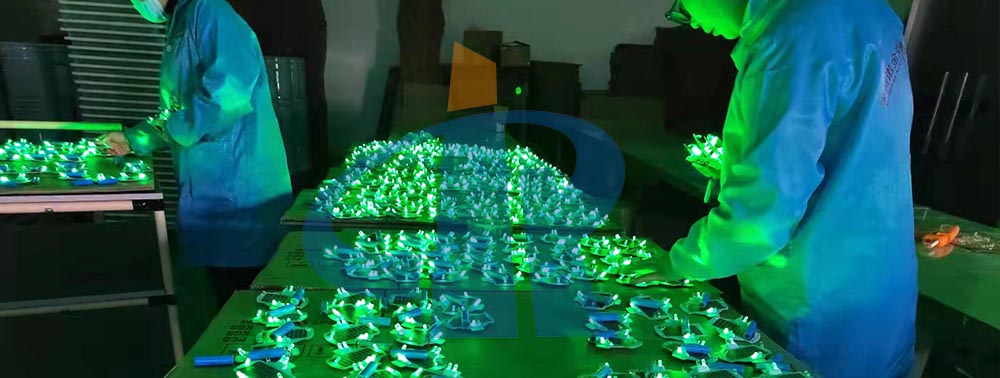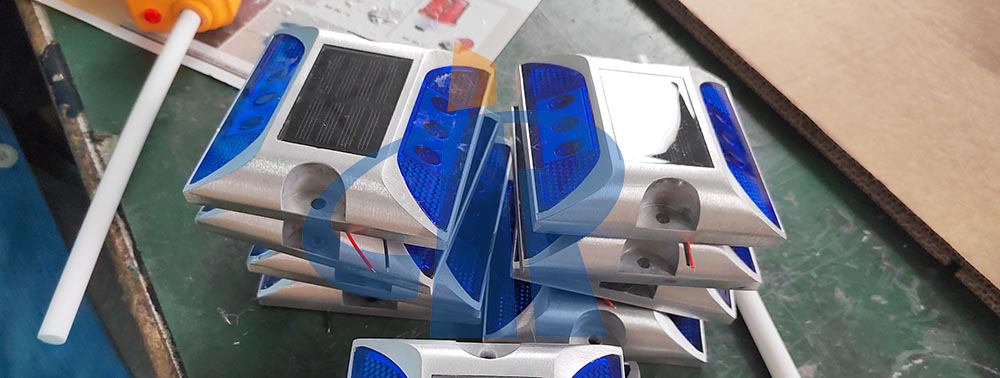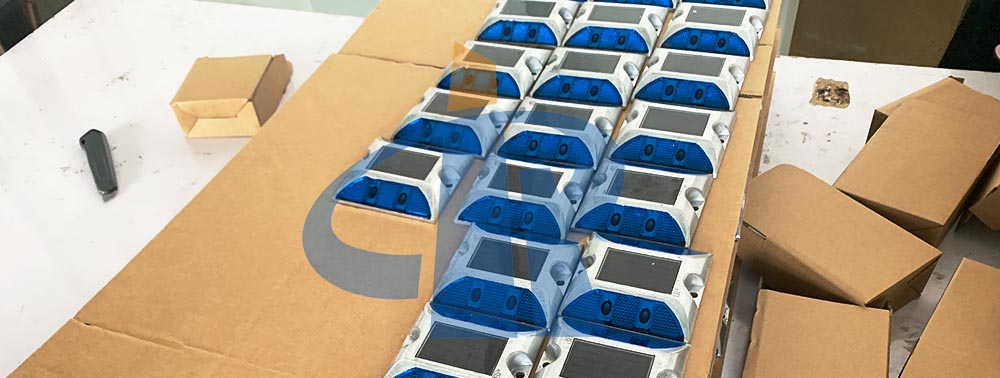Energy-saving lamps have been withdrawn from the stage of history. Almost all households now are LED Solar Studs. However, there are many
LED Solar Studs on the market.

In fact,
LED Solar Studs consists of three parts: driver, light source, and heat sink. Let’s talk about the drive first. Generally, the LED
Solar Studs for household use generally use non-isolated drives. This kind of drive cost is average, the efficiency is high, and the reliability is also good. The lamps can also work normally when the voltage fluctuates. However, in order to compete for price in the market now, many companies will replace non-isolated power supplies with RC buck or linear power supplies. Both RC and linear power supplies have poor shock resistance. Most of the surge voltages that occur near a thunder sound are bad. It can work under the set voltage, such as my country's 220V lamp, as long as the voltage fluctuation is not large, the lamp will fluctuate, so you must look at the input voltage range when purchasing, and the resistance-capacitance and linearity are generally written as 220-230v Voltage, non-isolated power supply is generally written as 175-250v, and some can be 110-250v. The voltage fluctuation is not large, and the chip inside the lamp tube will automatically adjust the square wave duty cycle to achieve stable output, so you must look at the input voltage range when purchasing.

Second, let's talk about the light source board. At present, most of the
LED Solar Studs are welded on the aluminum substrate. Generally choose Solar Studs below 6000k for the color temperature of the lamps and lanterns, just like European and American countries like the color temperature of about 3000k, which is yellowish like the rising sun in the morning. Our country prefers white ones. Generally, 6000k is like the noon sun. It is white but more dazzling. It is better to choose 4000k
Solar Studs, which are more moderate. If the aperture is greater than 6000k, it is actually bluish, there is a kind of blue light hazard, so do not choose a color with a color temperature greater than 6000k.

Finally, let’s talk about the radiator, because
LED Solar Studs will heat up when working, and the LED will be damaged if the heat dissipation is not timely. Therefore, a heat sink is required. Generally, the foam plastic on the market is an aluminum heat sink, that is, if you feel it is plastic, there is a Layers of aluminum are actually aluminum. The greater the power of the LED, the greater the heat. Generally, the heat sink has a maximum power limit. Therefore, when buying
Solar Studs, don't be greedy for high power. Generally, the A60 should not exceed 10 watts, and it will not be worth it if it exceeds its life.


